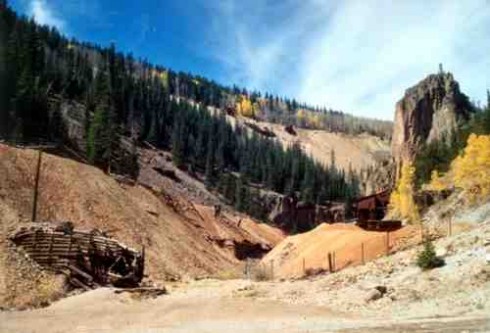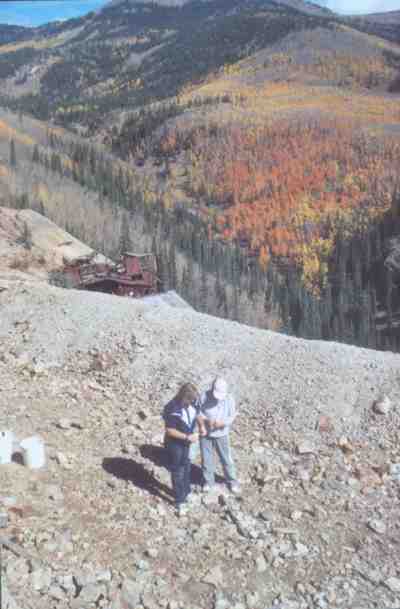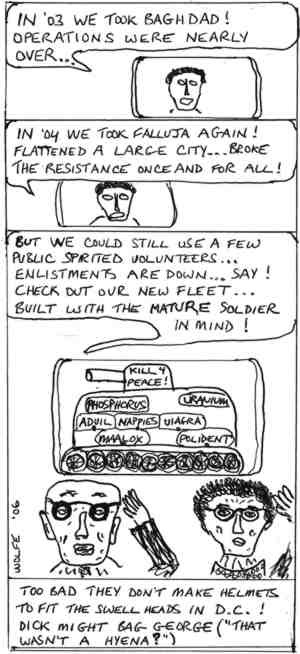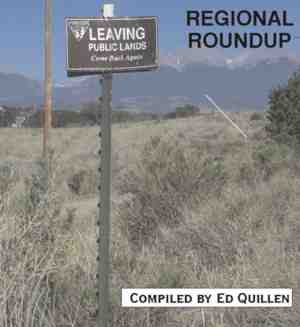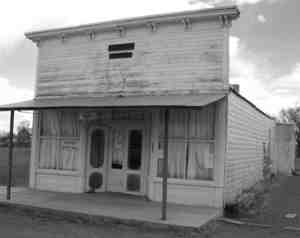Column by Hal Walter
Agriculture – July 2006 – Colorado Central Magazine
WILLIE NELSON HAS SAID that farmers and ranchers are the backbone of our country. I happen to think he’s right.
Last month in this column I discussed the National Animal Identification System, what seems like an absurd blend of George Orwell’s “1984” and “Animal Farm” in which farms, ranches and livestock will be registered, and some animals will be outfitted with radio frequency identification devices.

